Stop waiting and bring your winemaking aspirations to life by making rose wine! This 6-step process not only makes the procedure more manageable but also allows you an immersive experience of what this specific type of beverage is all about. Gather some grapes right now, and let’s start learning how to make rose wine!
What is Rose Wine?
Rosé’s delicious flavor and stunning pink hue have made it the go-to wine of recent years, with no stopping. However, what really is rosé?
For centuries, the timeless art of rosé winemaking has been crafted using a simple process that allows some of the grape’s skin color to infuse into the beverage. This blend is not as pigmented as red wines yet remains just as memorable in flavor and aroma.
There are three traditional methods to create rosé wine: Saignée, Vin Gris, and Decolorization. The diverse styles of rosé range from still or semi-sparkling to sparkling with a vast array of sweetness levels going from dry Provençal rosés up to sweet White Zinfandels.
Grapes used for producing these wines can be located in vineyards across the globe. So, regardless if you prefer a mellow blush or an intense, full-bodied Pinot Noir Rosé – there’s something out there waiting just for you!
Famous Styles of Rose Wine
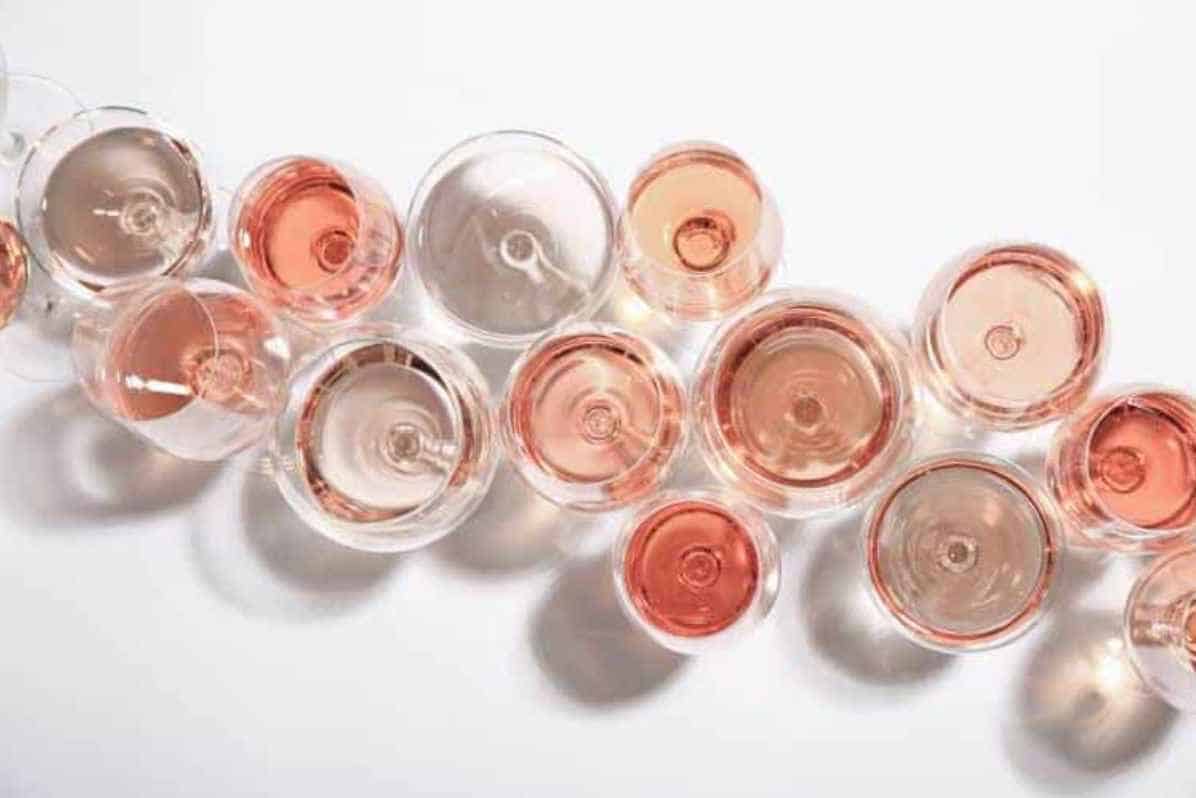
| Rose Wine Style | Flavor Notes | Texture | Wine Region |
| Blush Rosé | Fruity
Slight Sweetness |
Light-bodied
Dry |
Worldwide |
| Provence Rosé | Floral
Fruity |
Dry
Fresh |
Provence, France |
| Rosado | Strawberry, Raspberry, and Watermelon | Medium-bodied | Navarre, Spain |
| Rosewein | Hints of Honey
Slight Sweetness Fruity |
Light-bodied to Medium-bodied
Acidic |
Germany |
| Rosato and Chiaretto | Floral
Hints of Citrus Fruity Notes |
Medium-bodied
Slight Acidity Dry to Sweet |
Italy |
Blush Rosé

Delight in the delicately sweet taste of this light pink wine, crafted by blending red and white wines. Its lower alcohol content helps to accentuate its unique fruity flavor profile.
Provence Rosé
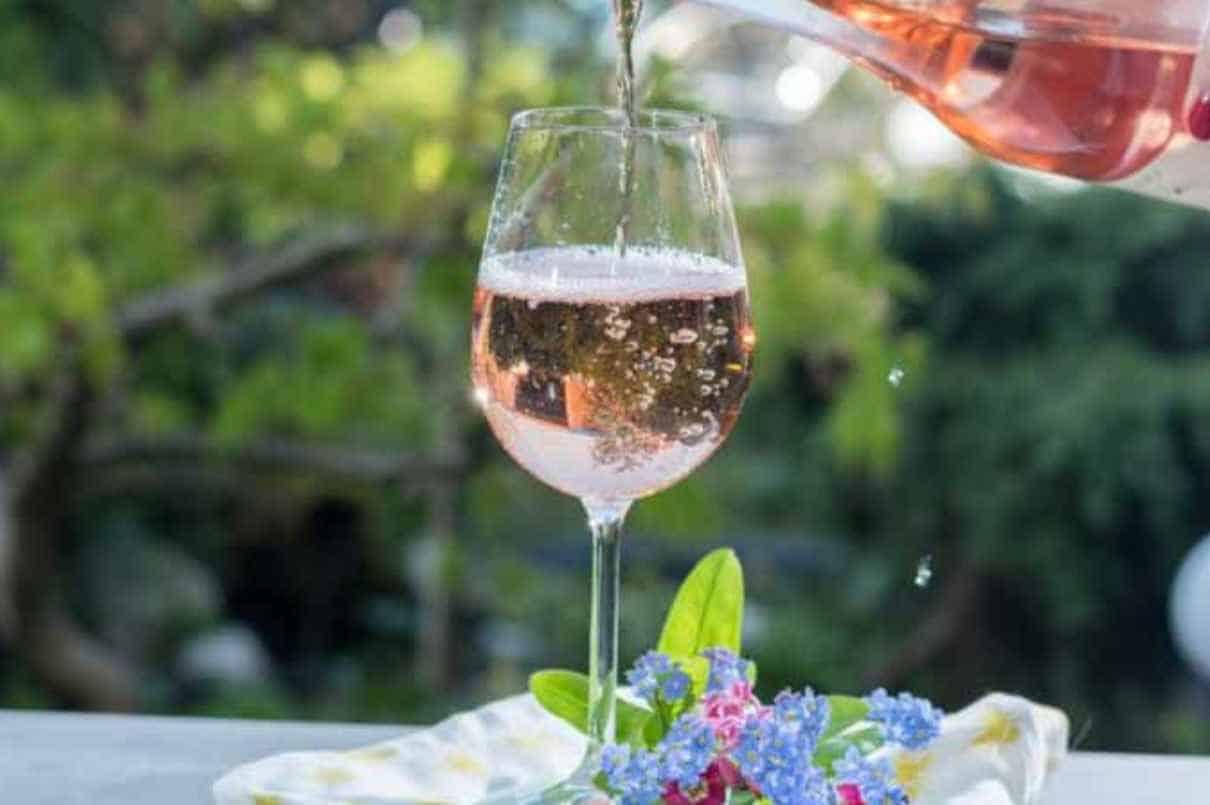
From the idyllic Provence region of France, this delightful rosé has a light pink or peach hue with an exceptionally dry and fresh taste. Not to mention its delectable floral and fruity aromas that make each sip an unforgettable experience!
Rosado
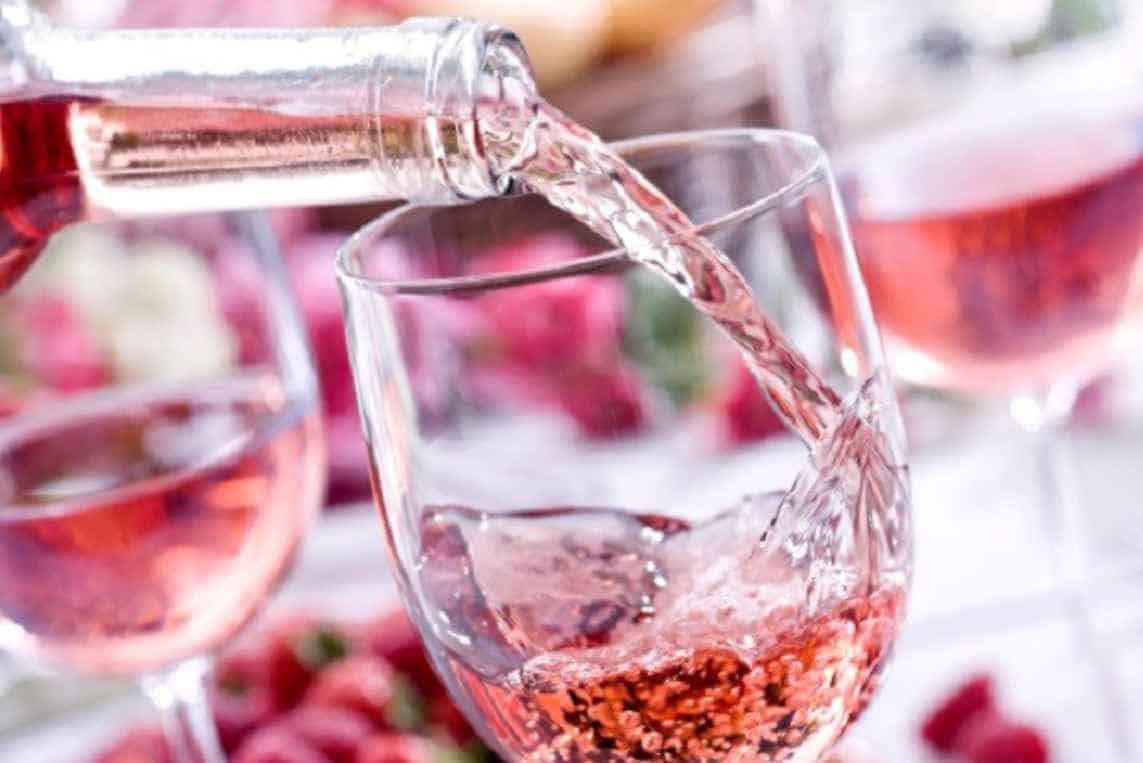
The region of Navarre is renowned for its exquisite vintage wines, and more than 50% are crafted from Grenache grapes to create the perfect rosés or rosado. This area continues to be a celebrated producer in Spanish-speaking areas today.
Rosewein
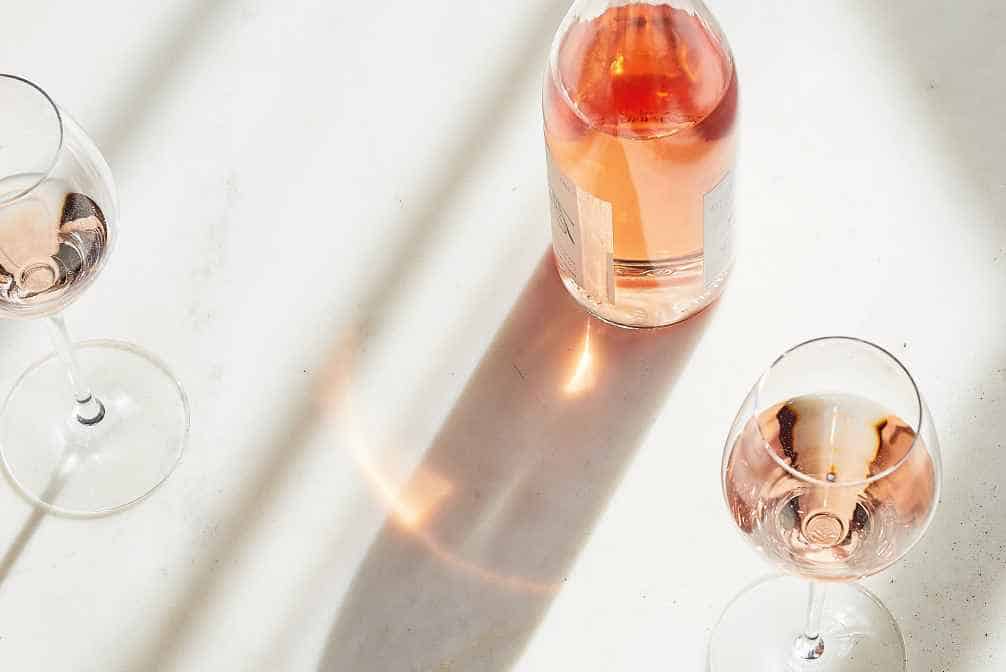
Germany is celebrated for its range of rosé wines, many distinguished by different appellations. One particular type that stands out is Weißherbst, a German rosé made with only one kind of grape varietal – and must be stated on the bottle to claim such designation.
From light-bodied and fruity to full-bodied and complex flavors, you will find something unique for all tastes!
Rosato and Chiaretto
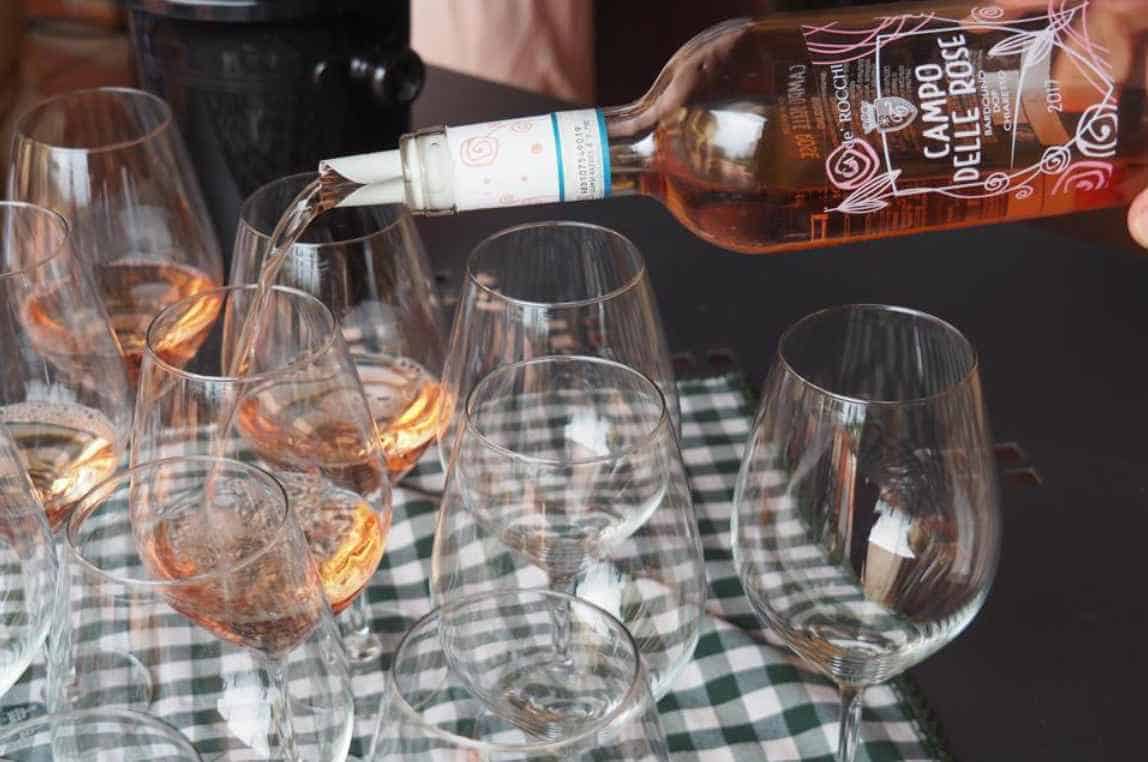
Italy has a plethora of expressions for the rosé-style wines, accepted by numerous Denominazione di Origine Controllata. From the light Rosato to Chiaretto, which have deeper tones than traditional pinkish tints – though still not deep enough to be considered red wine.
Different Rose Wine Grape Varieties
Far from being a sweet and simplistic wine, rosé can be either dry or sugary depending on the type of red, white, or blend of grapes employed.
Here are some common wine grape varieties that are used to make rose wine:
- Grenache: The Grenache grape variety is a full-bodied red varietal that flourishes in both France and Spain, tantalizing the taste buds with its delightful flavors. Its notes of fruitiness are complemented by an earthy spiciness that pairs divinely with Southern Rhone’s world-renowned rose vintages.
- Pinot Noir: Pinot Noir is a widely celebrated red grape that flourishes in many countries, including France, Italy, and the United States. This grape variety creates an exquisite rose wine with its delicate structure and delightful fruity notes.
- Merlot: Merlot is an immensely popular red grape variety in France and the United States. This type of grape offers a smooth, medium-bodied flavor, which makes it ideal for blending with other varieties to make lovely rose wine.
- Sangiovese: Sangiovese, a ruby-colored grape varietal cultivated primarily in Italy, is celebrated for its tangy acidity and fruity taste, making it the ideal option to produce rosé.
- Syrah/Shiraz: Syrah (or Shiraz) is a zesty and powerful red grape variety that has become increasingly popular among growers worldwide. It produces an exceptionally robust-tasting rose wine with deep, spicy flavor notes, making it the ideal choice for those looking to add complexity to their vintages!
The Basics of Rose Winemaking
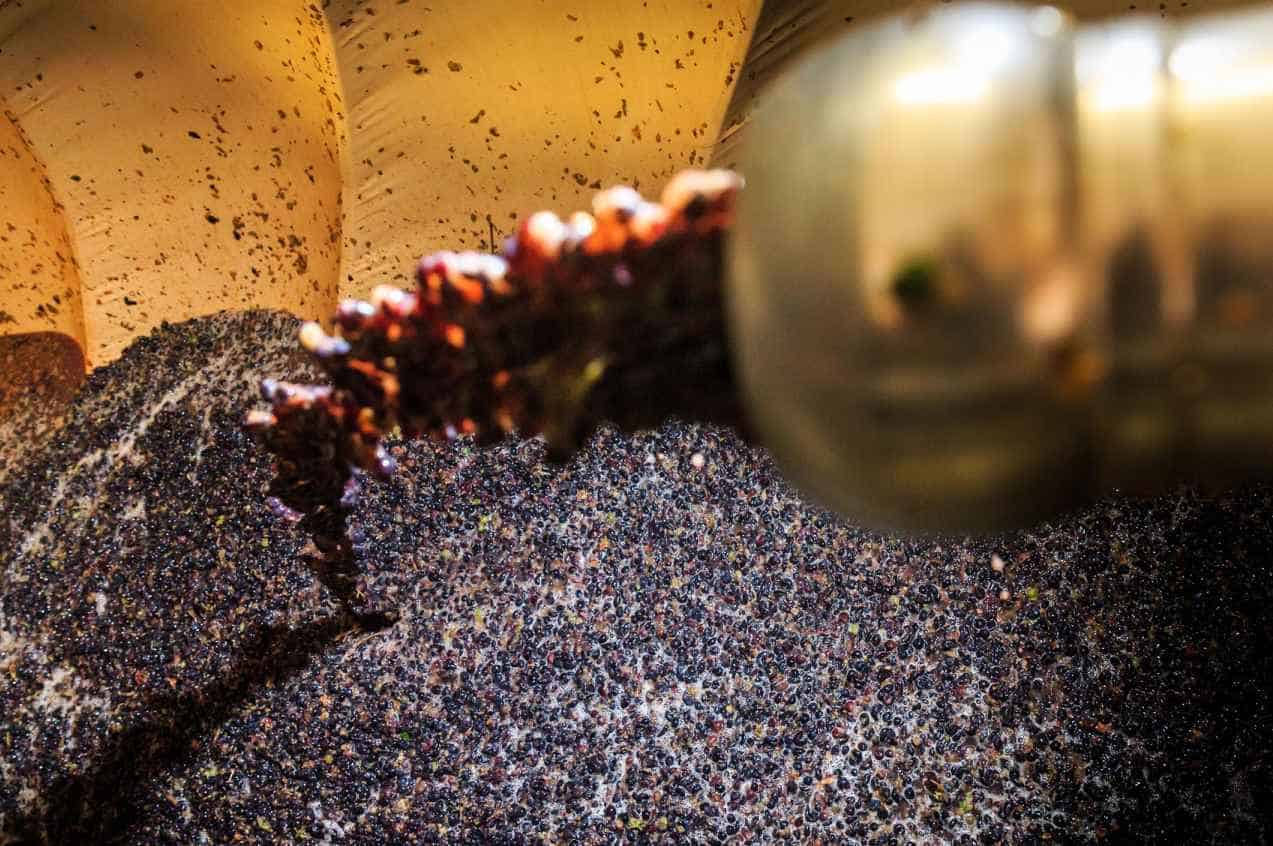
Different Pressing and Maceration
- Saignée: Referred to as skin contact or bleeding, this traditional method of red wine production is extracting some juice from the must to concentrate color, flavor, and phenolics. This wine technique has been used for centuries in France’s Bordeaux and Burgundy regions. When rosé is the central focus, it’s made using a process known as skin contact. Black-hued grapes are pressed, and their skins remain in touch with the liquid for two to twenty hours. This ensures that the final product will have an unmistakable hue of pinkish red.
- Vin Gris: Unlike maceration, which allows a small amount of time for the juice to mix with skins, Vin Gris is crafted from the immediate pressing of skin grapes prior to contact. Despite its name, this method yields not grey but rather an incredibly light pink hue, much paler than rosés created through limited maceration or saignée methods.
- Decolorization: An unconventional method of creating rosé is to remove the color from a red wine using absorbent charcoal such as activated carbon. This pure charcoal, obtained by dry distillation and possessing an impressive surface area-to-weight ratio, absorbs pigments in addition to other phenolics and colloids in wine. With this procedure, however, comes some drawbacks; it often eliminates more than just hue, which disqualifies it for use when crafting quality rosés.
Fermentation
Generally, the making of rose wine is finished in a two- to three-week period. The red grapes are crushed and left with their skins for an interval ranging from mere hours up until several days, depending on when the sought-after hue. This process requires a shorter time than that used to produce red wines.
Aging
After fermentation, the wine should rest in a barrel for only a few months to allow its flavors to blend until it reaches perfection. The aging process allows this magical concoction of ingredients time needed so that all its complex and nuanced tastes truly come alive.
How to Make Rose Wine?
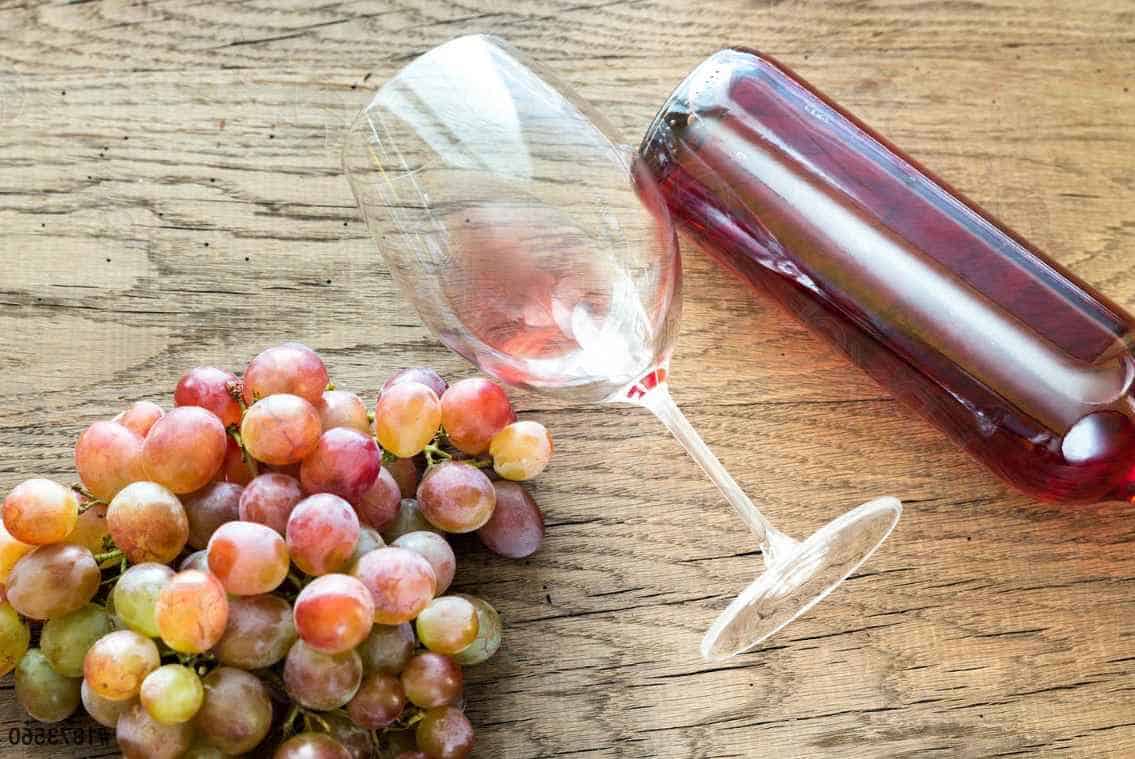
Ingredients:
- 15kl wine grapes
- 1 cup Sparkling Wine Base
- 48g Sugar
Equipment:
- Food-Grade Bucket
- Presser (optional)
- Wine Bottle
Step 1: Choosing and Cleaning Your Wine Grapes
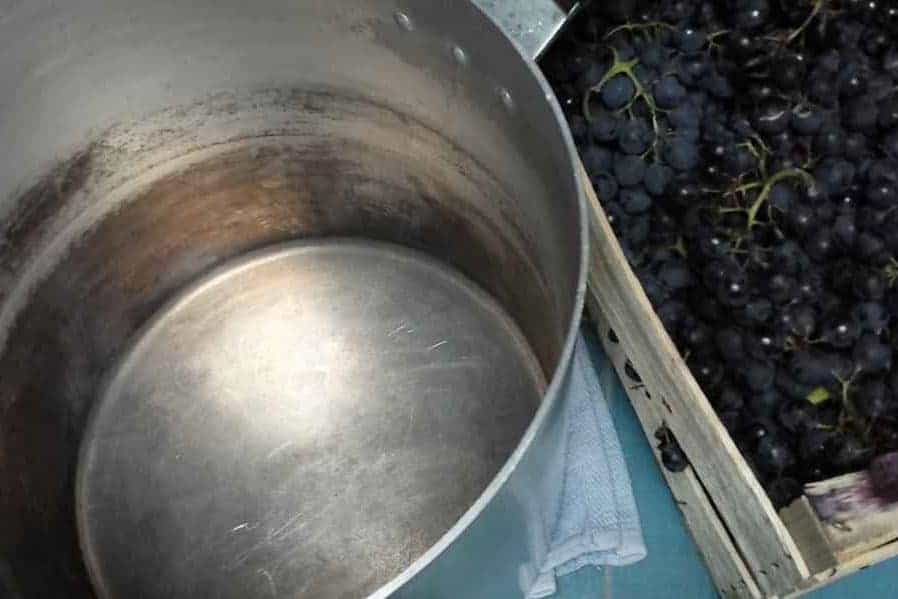
Select your ideal varietal of wine grapes and make sure to clean them carefully before transferring them into a sanitized container.
Step 2: Press the Wine Grapes
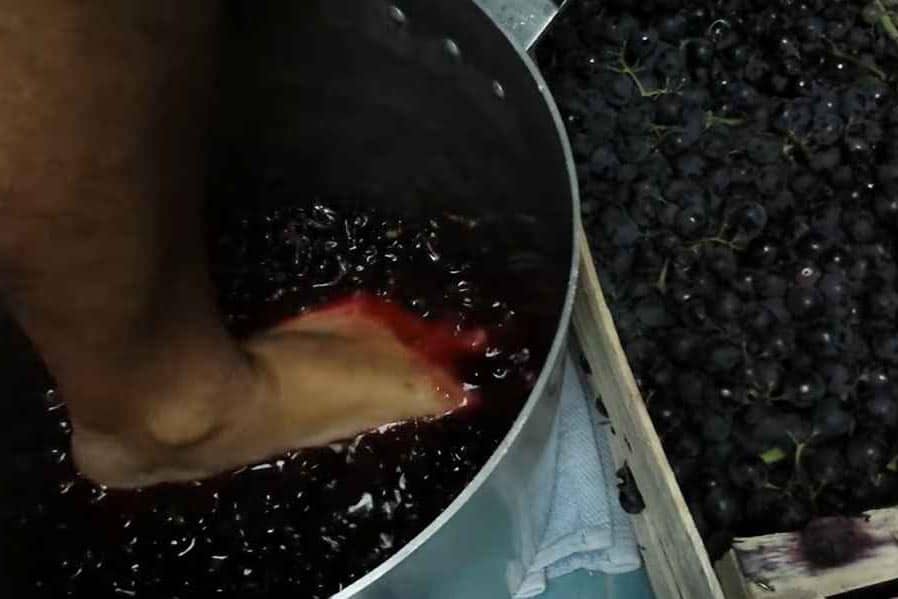
Whether you opt for the traditional method of using your feet or fists, a food processor, or an automated wine press. All that’s required is to let the mixture sit for 24 hours. This will enable it to macerate and release its juice. Then strain this liquid into a fermenter.
Step 3: Mixing the Sparkling Wine Base
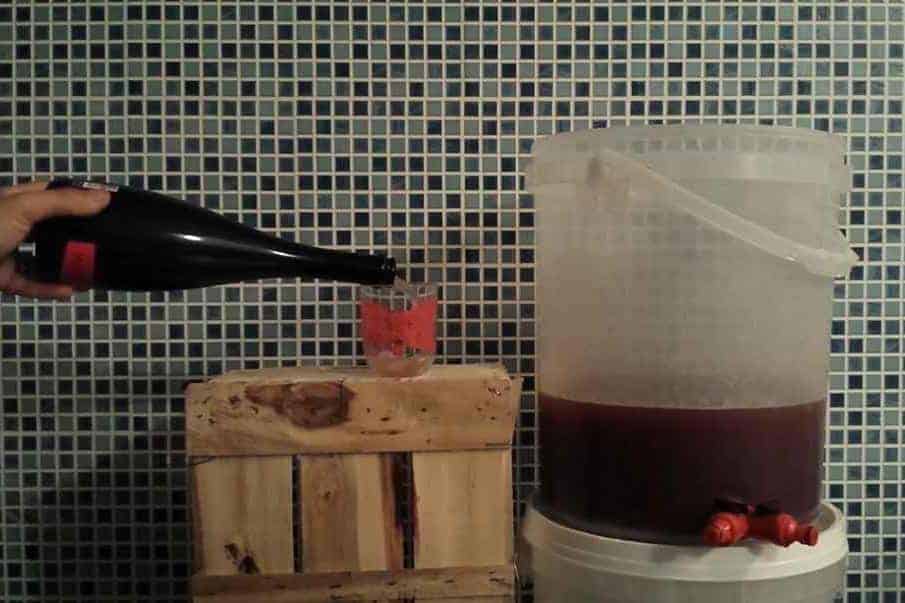
To create a balance of taste, add some sparkling wine base to the grape mix. Don’t have any? No worries! You can easily make your own using yeast and sugar.
Step 4: Let the Wine Ferment
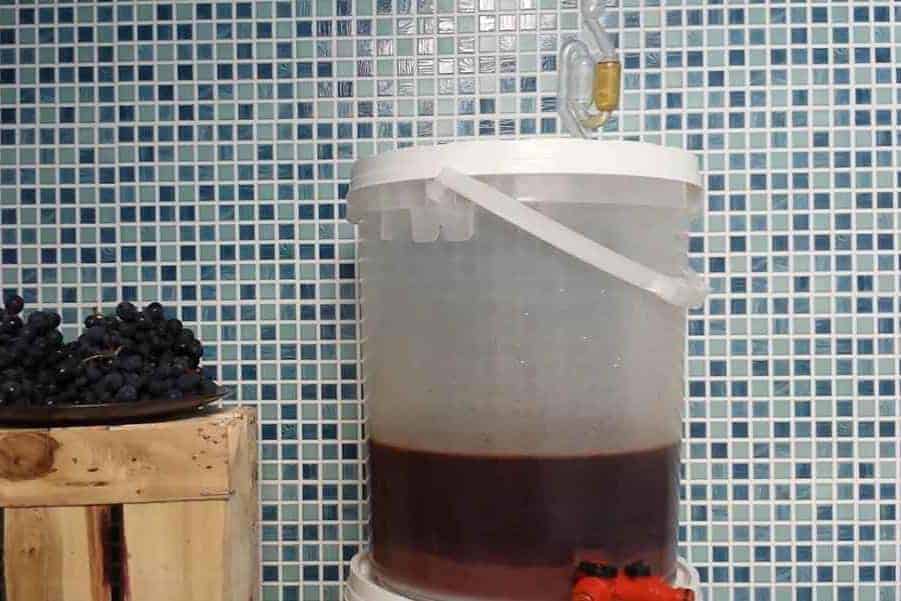
Once all your ingredients are blended, store the mixture in a dark and cold area for 14 days inside an airlock wine fermenter. It will ensure the perfect fermentation process while avoiding potential contamination.
Step 5: Clarify the Wine
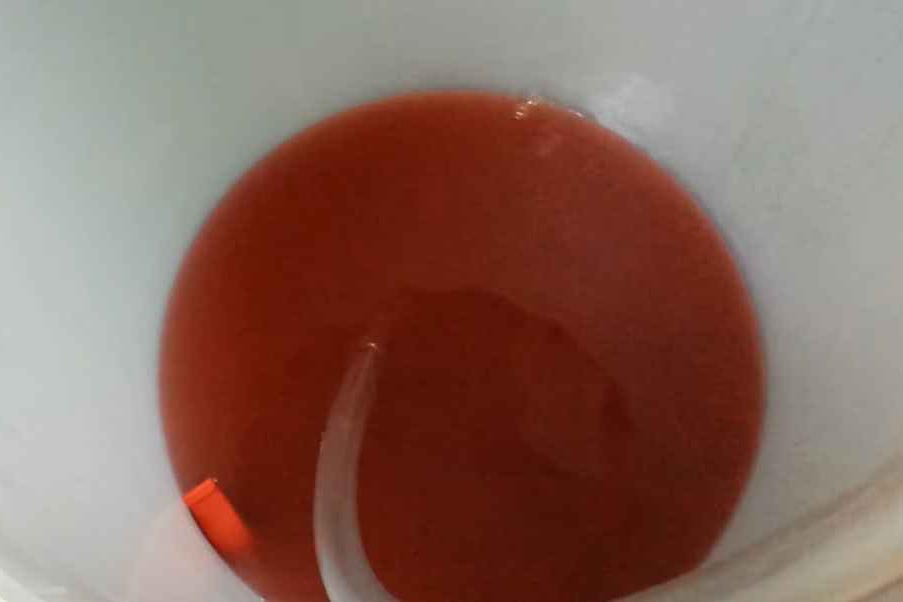
Following two weeks, fermentation is finished. However, you should expect particles to accumulate at the bottom of your mixture.
Strain and transfer it for a second time to initiate the clarifying process. Let this combination rest for five days or until its clarity appears pristine.
Step 6: Aging
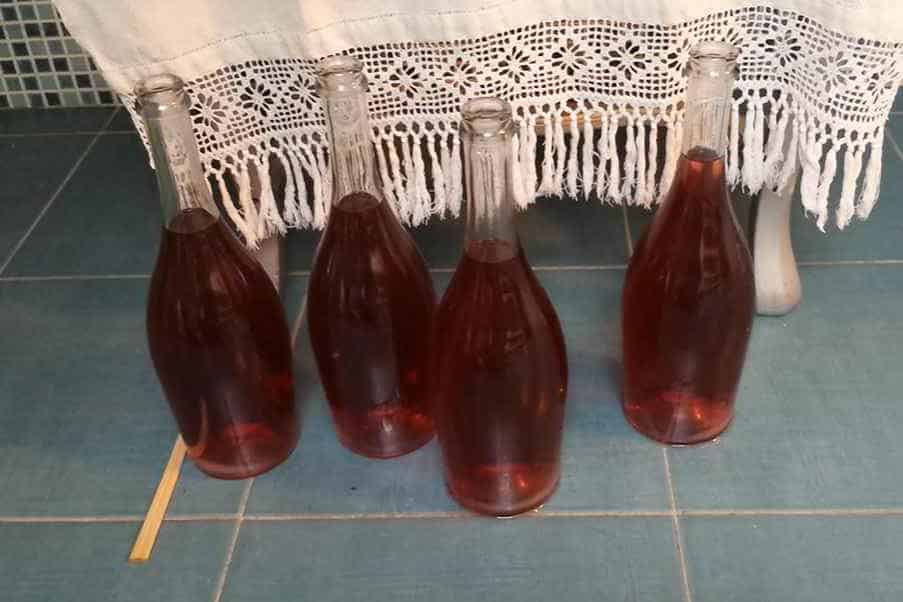
After clarifying the wine, you are now ready to age your rose. Transfer the blend into a standard 750ml bottle and add 12g of sugar for each – then allow it to sit for two weeks. With this short aging period, your rose will soon have an exquisite flavor!
And there you have it! You can now bask in the delectable and refreshing flavors of rose. With merely six simple steps and a few ingredients, you can craft an exquisite, light-bodied rose wine that will astound your taste buds.
Tips for Making Great Rose Wine
Choose the Right Grapes
Select thin-skinned red grapes like Grenache, Pinot Noir, or Merlot to craft a superior rose wine. These varietals not only influence the color of your vintage but also impart an aromatic and flavor intricacy.
Temperature and Gravity
Crafting the perfect bottle of rose wine necessitates precision and accuracy, particularly regarding fermentation temperature. To preserve its subtle aroma and flavor notes, vintners should aim for a range between 60-70°F (15-21°C). An accurate hydrometer throughout the process can help you determine when your fermented beverage is ready to be bottled.
Experiment with Diverse Grape Blends
To craft a more intricate rose wine, consider blending different grape kinds or including a modest amount of white wine. It will give your rose an extra layer of complexity and flavor.
How to Serve Rose Wine?

Temperature and Glassware
To make the most of your rose wine, serve it chilled but not overly cold. The perfect drinking temperature for rose wine is between 45-55°F (7-13°C). To achieve that ideal temperature quickly, place the bottle in an ice bucket or refrigerator for 30 minutes before serving.
A broad-bodied, narrow-lipped wine glass is ideal for the most optimal appreciation of rose wine. It will allow you to truly savor its brilliant hues and fragrant aroma.
Food Pairing
Rose wine perfectly accompanies innumerable dishes, from light salads and seafood to grilled vegetables or soft cheeses. The fragrant acidity of rose perfectly counterbalances spicier recipes for a palate-pleasing experience!
In Summary
Ready to give your winemaking dreams a reality and take on the challenge of creating rose wine? This 6-step process promises to simplify it for you and provide an insight into everything that makes this type of wine unique. Don’t wait any longer – gather some grapes and start making amazing wines today!

George Moore, co-founder of Wine Flavor Guru, is a charismatic entrepreneur with a rich background in California’s wine industry. Alongside Sylvia, he transformed a Sonoma County vineyard into a source of premium wines. George’s expertise in sourcing exceptional grapes and his approachable style make wine appreciation both accessible and engaging.
